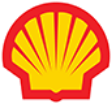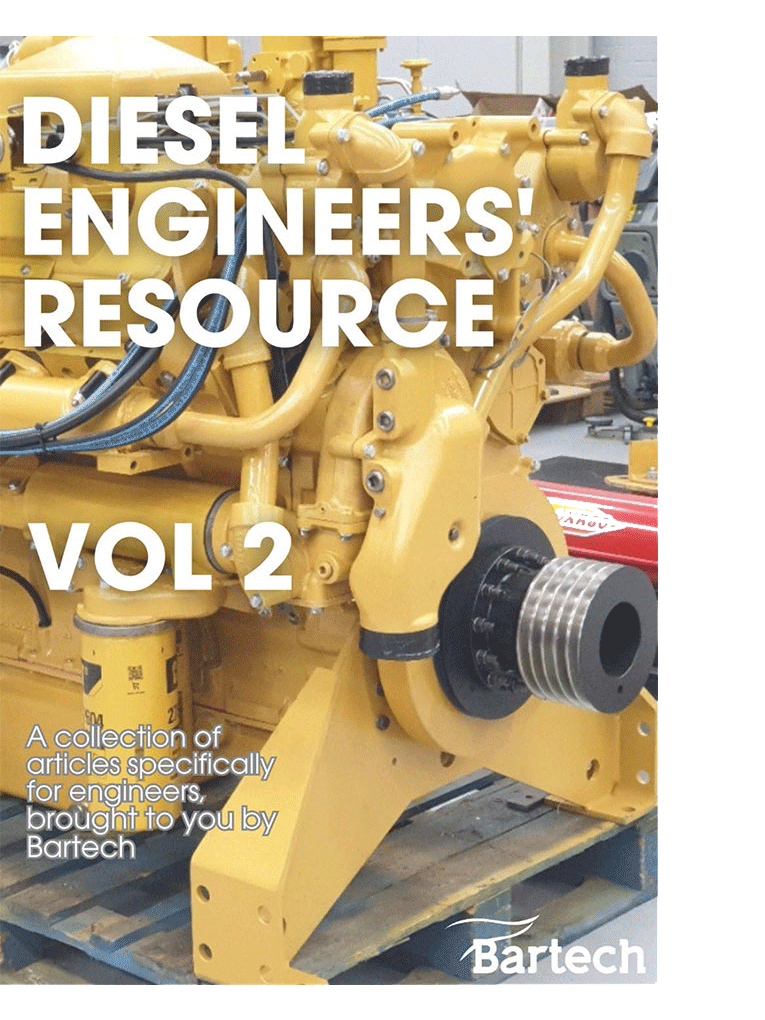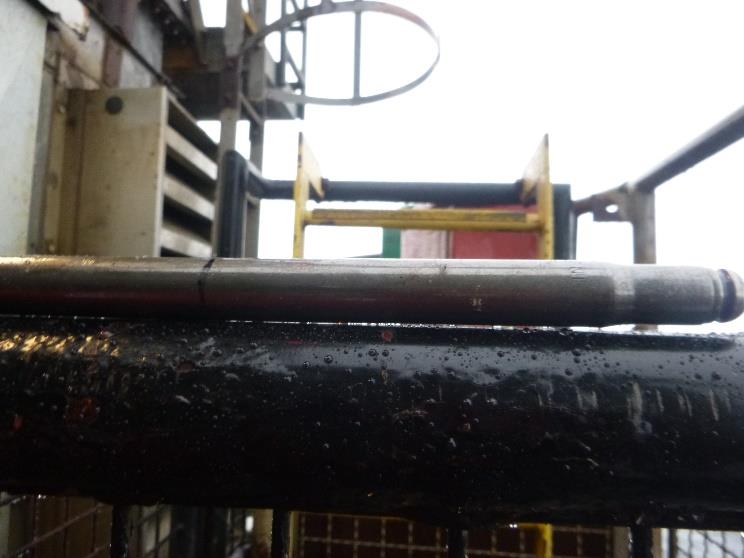12 month service on Cummins NTA855-C-360 crane engine
Read more on how we helped this client below and discover how we can help you too...

Background
Bartech was invited to the platform to carry out a 12-month service on a Cummins NTA855-C-360 crane engine.
The engine was isolated and the compressed air drained before any service work was conducted. The lubrication oil was drained and the lubrication, fuel and coolant filters
removed. New filters were fitted and the lubrication oil replenished with new. To allow the removal of the injectors the rocker covers and intermediate covers were
detached, as were the rocker gear. The injectors were extracted using a Cummins injector tool and the injector sleeves and rocker gear cleaned.
A compression tester was installed to allow the compression test of each cylinder to be conducted and the engine cranked over.
This test had to be abandoned due to the dummy injector not creating a sufficient seal to allow a satisfactory test.
It’s unclear at this point if the tooling is the cause of this, so this will require us to advise further. It is therefore recommended that this test be carried out at a later date to be agreed.
New injectors and O-rings were installed and the clamps torqued down to the manufacturer’s specification. The rocker gear was refitted and the injectors set using the
‘torque wrench’ method. This method is recommended by the manufacturer as it should be compatible with all injector types. As the engine was being rotated to the next setting point, it was noticed that the engine had become harder to turn and that the injector No.6 push rod and rocker lever were far too tight. Upon further inspection, the injector push rod was seen to have sustained a deformation. At this point, the rocker gear adjusters were loosened and the pushrods removed.
It was decided to replace all the injector push rods as a precaution. Arrangements were therefore made to immediately ship replacements to the platform.

Solution
With the new push rods fitted the valve clearances and injectors were set using the ‘Dial Test Indicator’ method and the engine rotated through a full 720° to confirm
free rotation.
The rocker covers were reattached using new gaskets and the engine cleaned down.

Outcome
The engine was started and allowed to reach normal working temperature before the operator increased the engine speed to normal operating rpm. The crane functions were
tested for one hour without any faults or leaks to the engine evident.
The engine was seen to emit black smoke on initial start-up and when the operator switched from idle to full rpm. This was deemed to be associated with the turbo lag rather
than anything more serious, as this emission didn’t occur when the speed was increased slowly.
Got a problem like this that you need help with? See how we can help!
Find out moreYou might also find these case studies interesting...
-
Case study
Twiflex clutch repair and refurbishment
Find out more -
Case study
Detroit 8V-71 BMSN1496 Fully dismantle, clean and inspect the torque converter
Find out more -
Case study
Investigate oil leak at turbine end of the Holset 4MF turbocharger on a coolant engine
Find out more
If you’re after a trustworthy engine specialist with an excellent track record for your job then let's get started
Get support now 01206 673101 24hProud to be supporting:







Engineer Resource Vol. 2 is now out for FREE download. Get your copy now!
A collection of articles to help you improve engine reliability, performance and safety specifically for engineers, brought to you by Bartech Marine. Simply enter your email below to get instant access.
By completing this form you are agreeing to our privacy policy.


